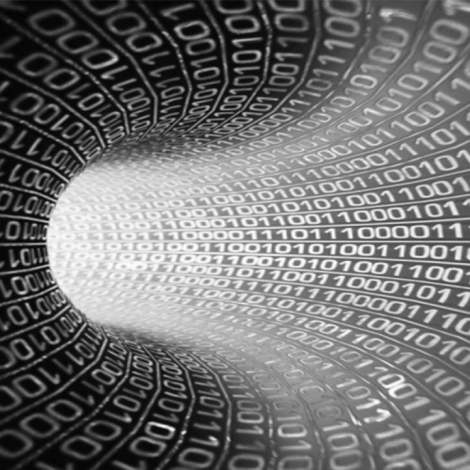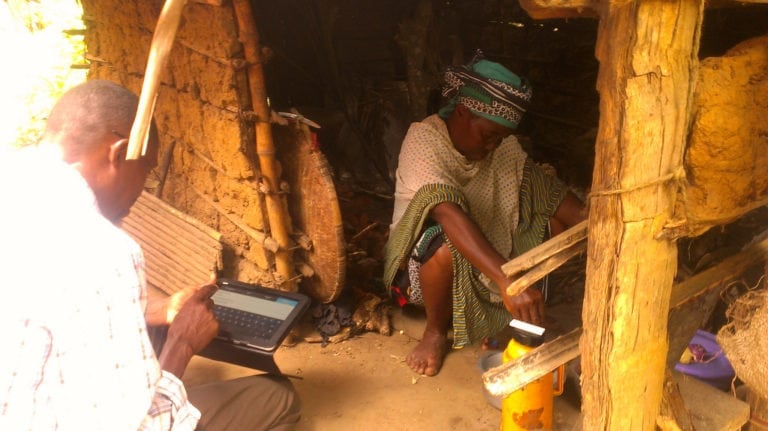Big data for development has many definitions, but one that is used most often refers to the analysis of millions of data sets to help policy makers make smart decisions. It is not limited to data analytics, however. Big data applications include data gathering, processing, storage, and transfer. For policy makers, development practitioners and other professionals working in international development, data gathering and analytics applications are opening previously unthinkable opportunities to understand, predict and solve the most pressing issues of the developing world. Here are a few tools that are doing that work now.
Flowminder
A World economic Forum report draws special attention to data generated by mobile phones, since people all over the world use mobile devices. ” and policymakers are beginning to realize the potential for channeling these torrents of data into actionable information that can be used to identify needs, provide services, and predict and prevent crises for the benefit of low-income populations,” according to the report.
One of these big-data-for-development applications that are changing the game is Flowminder. Flowminder is a Swedish nonprofit organization devoted to improving public health in low- and middle-income countries. The application uses mobile data to predict disease outbreaks, map the distributions of vulnerable populations and provide decision-support systems for the different stakeholders in the public health sector.
Flowminder collects, and analyzes anonymous phone, satellite and household survey . Through their research, the organization provides analyses and decision support for the health sector, both for prevention and mitigation of disease outbreaks. Some of their most publicized work so far is the support they provided for the Ebola outbreak crisis.
According to Flowminder, “accurate information on population movements is valuable for monitoring the progression of the outbreak and predicting its future spread, facilitating the prioritization of interventions and designing surveillance and containment strategies. Vital questions include how the affected regions are connected by population flows, which areas are major mobility hubs, what types of movement typologies exist in the region, and how all of these factors are changing as people react to the outbreak and movement restrictions are put in place.”
Other interesting work that they are doing is tracking the effect of climate change on human migration and mobility patterns in Bangladesh and studying mobile data to monitor displacement in Nepal after the earthquake.
There is a lot of interesting research happening all over the world on how to use mobile data to predict economic development in the United States, and patterns of wealth in Africa, among others.
OpenStreetMap
Collectively, the new ways that international development agencies and governments are gathering their data sets amount to one of the biggest applications of big data for development. The newest addition to data gathering has been the inclusion of data sets from social media and from the general public. Probably the best example of this crowdsourcing technique has been the mapping after Haiti’s earthquake in 2010, which led to faster response time. OpenStreetMap is a nonprofit that serves as on online open source mapping platform for a considerable online community of volunteers.
According to the Guardian, “Around 640 volunteers around the world used simple Web browser tools to scan old atlases and maps, and trace roads, bridges and buildings into the OpenStreetMap geospatial wiki, creating one of the most intensively mapped corners of the world.”
This initiative started out as an academic project that caught on and mobilized volunteers wanting to help with their digital tools from their houses around the world. It has revolutionized the way disaster mapping has been done so far becoming the de facto map used by many international agencies. This outsourcing technique provides new ways of gathering valuable information in emergency situations so that the right resources can be assigned to the places that need it the most in shorter periods of time.
Premise
There are also applications that combine data gathering and data analytics into one service or application. Premise is one of these. This San Francisco startup uses data input from volunteers and contributors all around the world to analyze food prices and the food supply chain through a machine learning mechanism to advise decision makers in this sector.
Big data for development comprehends a whole range of applications and services that are changing the way decisions are made to improve global development . The intersection of all this data with something more digestible that can guide smart decision making is probably the biggest advance for governance in centuries. However, the best is yet to be seen.
For more information on big data for development refer to this paper.



it is a good platform to work. I also would like to serve the communities suffering due to lack of knowledge, HYGIENE, education and health. at present i am working here in bhutan as managing director and constructing a hydroelectric project named mangdechhu (720 mw). project is nearing completion. my email id is md.mhpa@gmail.com
i am basically a civil engineer having 38 years professional experience. i would be happy if i get an opportunity to serve the people.